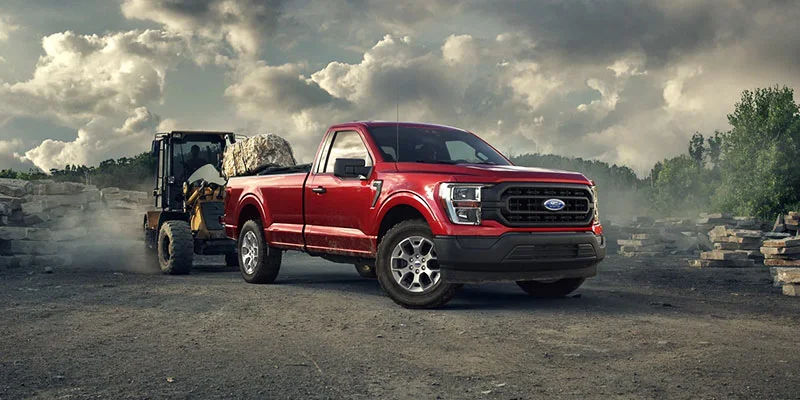Section 179 Tax Deduction

Section 179 of the IRS tax code is a way for business owners to get their purchase of a new vehicle to do even more for them.
Section 179 Deduction Explained
**As always, if you have questions, consult your tax professional for exact rules regarding Section 179 and vehicles.**
There is a lot to Section 179 of the tax code, but it can be essentially summarized as a means for business owners to deduct qualifying equipment or software that was purchased or financed during the tax year. This tax incentive was created to encourage business owners to invest even more in their businesses, and it allows you to deducta portion of the full purchase price of the piece of qualifying equipment from your business’s gross income.

Vehicles and Section 179
New vehicles can be a major expense for a business, so it should come as no surprise that they are one of the more common deductions under Section 179. For a time, these deductions became so popular that Section 179 was often jokingly referred to as the “Hummer Tax Loophole.” The restrictions have since been tightened, but Section 179 is still an incredibly useful tool when it comes to inventing in new vehicles for your business.
In theory, any vehicle used for business purposes is eligible for a deduction for depreciation, but not all vehicles will get the same deduction. Passenger vehicles, for example, have a maximum 1st-year depreciation deduction of $12,500. Other vehicles, those of a type not likely to be used much for business purposes, also might not qualify for a full deduction under Section 179. For a more detailed description, we suggest checking with IRS.gov. Trucks are eligible for a deduction of 60% of the purchase price, assuming they are used exclusively for business purposes and have a GVW above 6,000 pounds.
Note: The deduction for business vehicles is the same whether they are purchased outright, leased, or financed.
Limits for SUVs or Crossover Vehicles with GVW above 6,000 pounds
SUVs and Crossovers that have a gross vehicle weight rating between 6,000 pounds and 14,000 pounds may qualify for a “Bonus Depreciation” that allows 100% of the purchase price to be deducted. This is assuming the vehicle was purchased and placed into service before January 1, 2025.
Ford Vehicles that Qualify for Section 179 Deduction
Ford trucks and SUVs are built to handle a lot and have therefore long been popular with businesses that need tough, dependable, and capable vehicles. A major part of why the Ford F-Series is the most popular vehicle in America is just how useful it is in tackling tough jobs. But there are even more Ford vehicles that qualify for Section 179 deductions. The following vehicles are theoretically eligible although we have to caution you that not necessarily every trim or configuration will qualify, or at least qualify for the full deduction, be sure to check before attempting to make the deduction.
- Expedition
- Expedition MAX
- F-150
- F-150 Lightning
- F-250 Super Duty
- F-350 Super Duty
- F-450 Super Duty
- F-550 Super Duty
- Transit Cargo Van T-250 HD
- Transit Cargo Van T-350 HD
- Transit Passenger Wagon
Other Considerations
- The vehicle MUST be titled in the company name. Vehicles titled in the company owner’s name, even if they are used 100% for business purposes, are not eligible.
- The vehicle must be used for business purposes. It doesn’t need to be used for business 100% of the time, but any percentage of non-business usage means a corresponding percentage decline in the deduction. The minimum to qualify for any deduction is 50% business usage.
- Section 179 deductions can only be claimed for the tax year when the vehicle is “placed in service” - meaning the year it is ready and available, even if it isn’t actually used at all that year. If a vehicle is first purchased for personal use, and is then repurposed for business use, it does not qualify.
**As always, if you have questions, consult your tax professional for exact rules regarding Section 179 and vehicles.**
Individual tax situations may vary. The information presented was accurate at time of publishing. Federal rules and tax guidelines are subject to change. Consult your tax advisor for complete details on rules applicable to your business.
*Comparisons based on Section 179 and 168(k) of the Internal Revenue Code, which allows for additional first year depreciation for eligible vehicles and reflects figures for owners who purchase vehicles for 100 percent business use and place vehicles in service by January 1, 2025.
Luxury car depreciation can continue year two at $19,800, year three at $11,900, and subsequent years at $7,160 until the vehicle is fully depreciated or sold.
**With Gross Vehicle Weight Ratings (GVWR) of more than 6,000 pounds, these Ford models are classified as “heavy SUVs.” Gross Vehicle Weight Rating (GVWR) is the manufacturer’s rating of the vehicle’s maximum weight when fully loaded with people and cargo.
†Comparisons based on Section 179 and 168(k) of the Internal Revenue Code, which allows for additional first year depreciation for eligible vehicles and reflects figures for owners who purchase vehicles for 100 percent business use and place vehicles in service by January 1, 2025.

